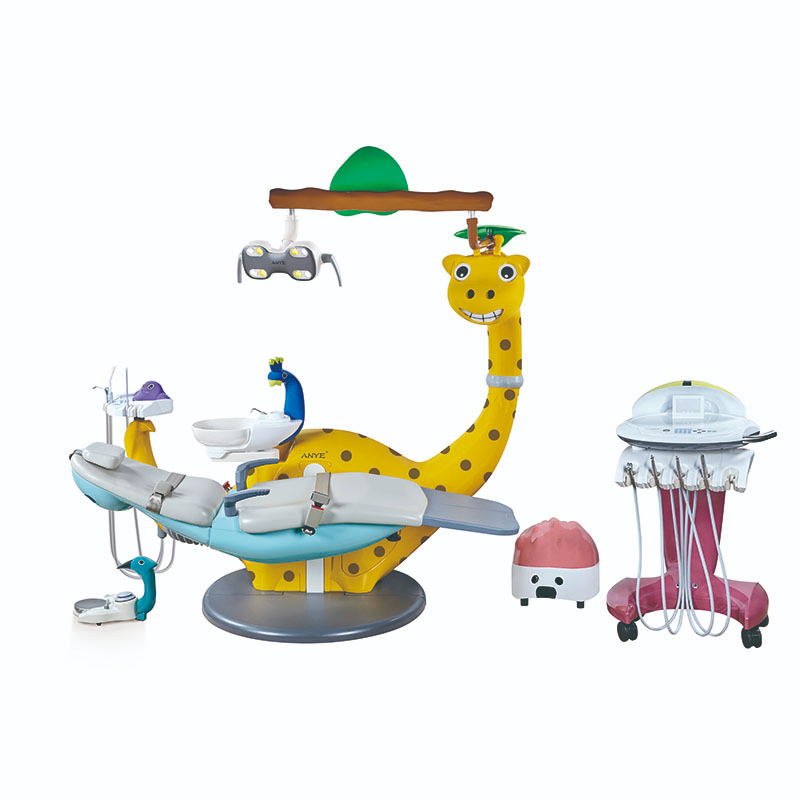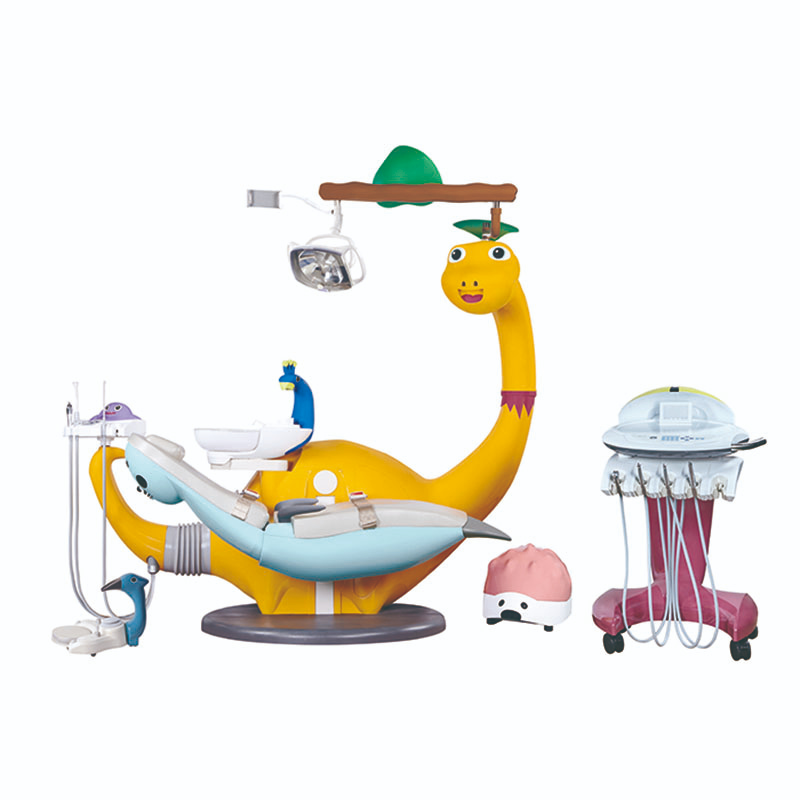How Do Kid Dental Units Differ From Regular Dental Units?
Dental care for children requires a specialized approach, not only in terms of the expertise of the dental professionals but also in the equipment used. Pediatric dentistry units are specifically developed to meet children's unique needs, assuring their comfort, safety, and cooperation during dental visits. This article explores the key differences between kids' dental units and regular dental units, highlighting the features and benefits that make pediatric dental care more effective and child-friendly.
Differences in Design and Size
Ergonomics and Comfort
Pediatric dental units are designed with the smaller size and unique anatomy of children in mind. These units often feature:
Adjustable Components: Chairs and units that can be adjusted to fit children of various ages and sizes, ensuring a comfortable and secure fit during dental procedures.
Ergonomic Design: Soft padding and supportive contours to provide optimal comfort and support for young patients.
Child-Friendly Aesthetics
The visual appeal of pediatric dental units plays a crucial role in creating a welcoming environment for children. Key features include:
Vibrant Colors and Playful Themes: Bright colors and fun designs that make the dental office less intimidating and more engaging for children.
Interactive Elements: Features such as built-in screens for cartoons or educational videos, which help distract and entertain children during procedures.
Specialized Equipment
Size and Functionality
Pediatric dental equipment is specifically designed to fit the smaller mouths and developing anatomy of children. This includes:
Smaller Tools: Instruments that are appropriately sized for children's mouths, such as smaller toothbrushes and dental mirrors.
Child-Friendly Materials: Use of materials that are safe and comfortable for children, such as softer bristles on toothbrushes and flavored fluoride treatments.
Safety Features
Ensuring the safety of young patients is paramount in pediatric dentistry. Pediatric dental units often include:
Secure Restraints and Supports: Adjustable seatbelts and armrests to keep children securely in place during procedures.
Anti-Tipping Features: Design elements that prevent the chair from tipping over, ensuring stability and safety.
Psychological Considerations
Behavior Management
Pediatric dentists are trained in child psychology and behavior management techniques to help ease the fears of young patients. This includes:
Positive Reinforcement: Use of rewards and praise to encourage cooperation and reduce anxiety.
Child-Friendly Communication: Explaining procedures in a way that is understandable and reassuring for children.
Anxiety-Reducing Mechanisms
Creating a calming atmosphere is essential in pediatric dental offices. Features that help reduce anxiety include:
Soothing Lights and Sounds: Soft lighting and calming sounds to create a relaxing environment.
Gentle Vibrations: Some chairs incorporate gentle vibrations to help soothe and relax children during procedures.
Technological Innovations
Advanced Features
Modern pediatric dental units often come equipped with advanced features to enhance the dental experience for children. These include:
Multimedia Systems: Integrated screens for playing cartoons, games, or educational videos to keep children entertained and distracted during treatments.
Virtual Reality: Some advanced units even offer virtual reality experiences to transport children to engaging virtual worlds, minimizing their anxiety and discomfort.
Infection Control
Maintaining a hygienic environment is crucial in any dental practice, but especially in pediatric dentistry. Pediatric dental units often feature:
Antimicrobial Materials: Use of materials that inhibit bacterial growth, reducing the risk of infection.
Easy-to-Clean Surfaces: Designs that allow for thorough cleaning and sanitization between patients.
Conclusion
Pediatric dental units are more than just scaled-down versions of regular dental units. They are thoughtfully designed to address the unique needs of children, from their smaller size and developing anatomy to their psychological and emotional needs. If you are looking for a high-quality kid dental unit, ANYE is ideal for you. We are devoted to offering various dental units including kid dental units. For more product details, please visit our site today!



Leave a comment